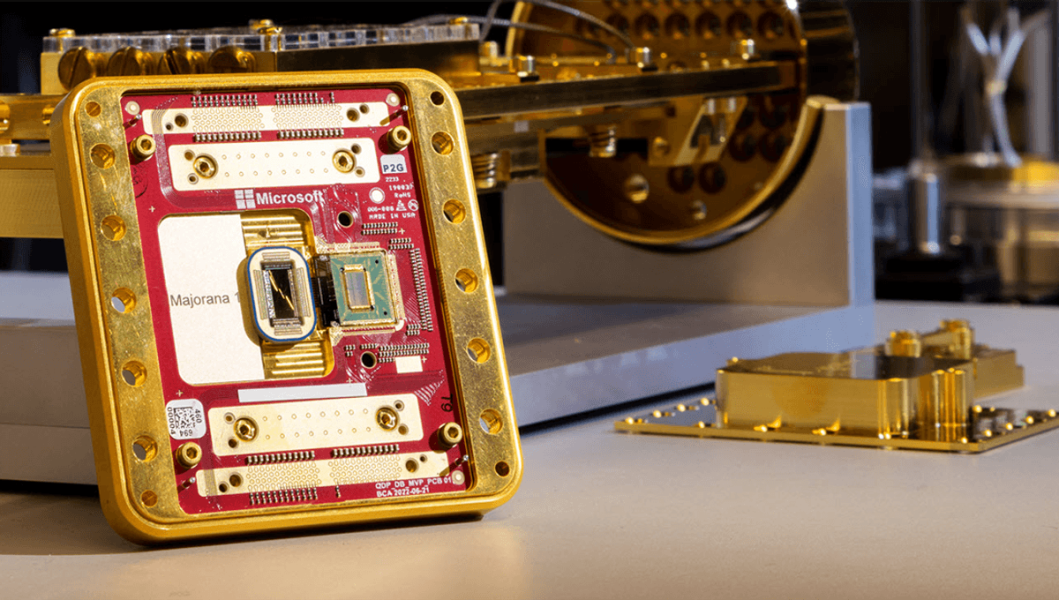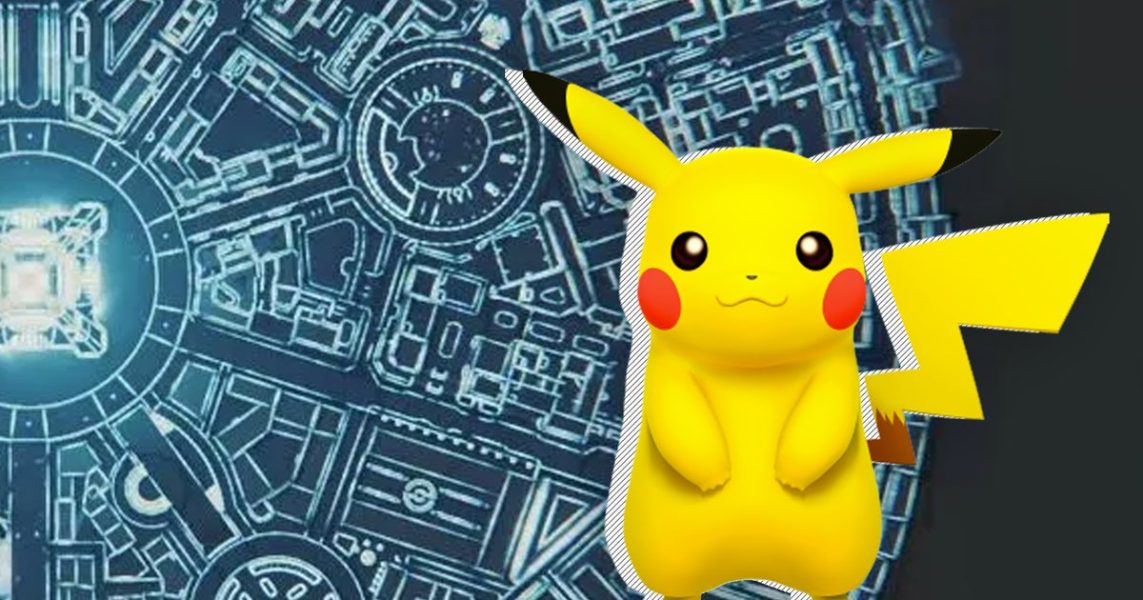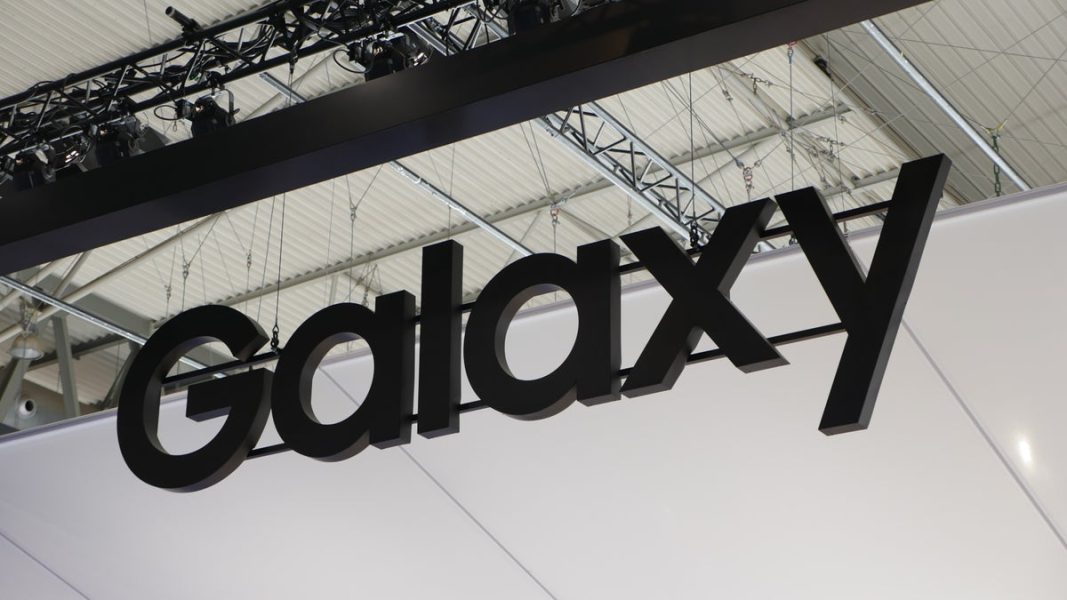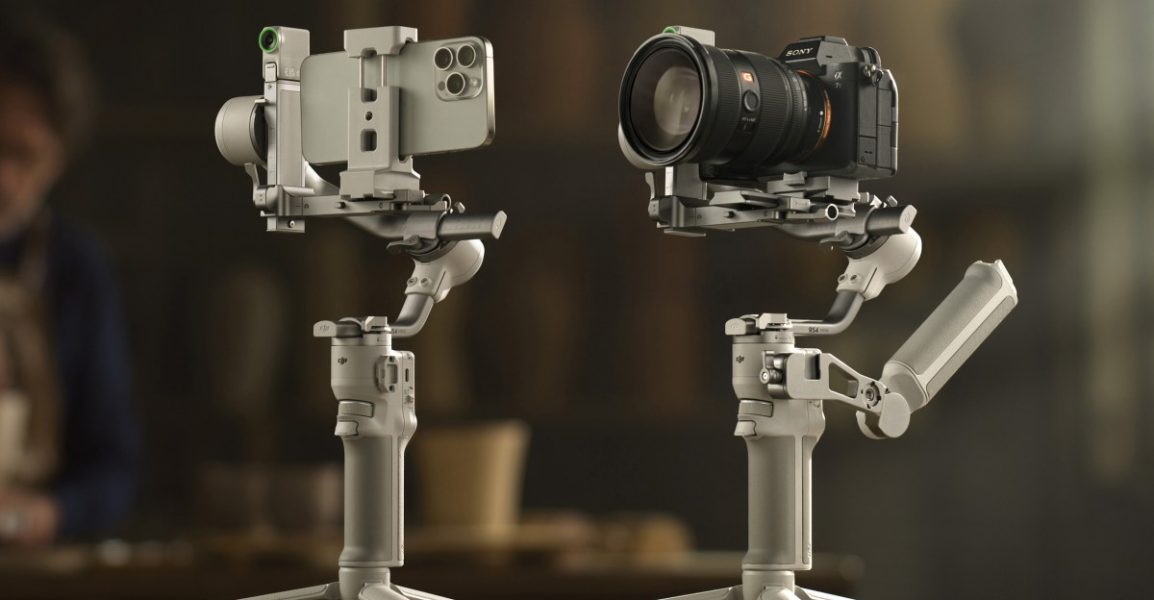‘It’s extremely worrisome.’ NASA’s James Webb Space Telescope faces potential 20% budget cut just 4 years after launch – Space.com
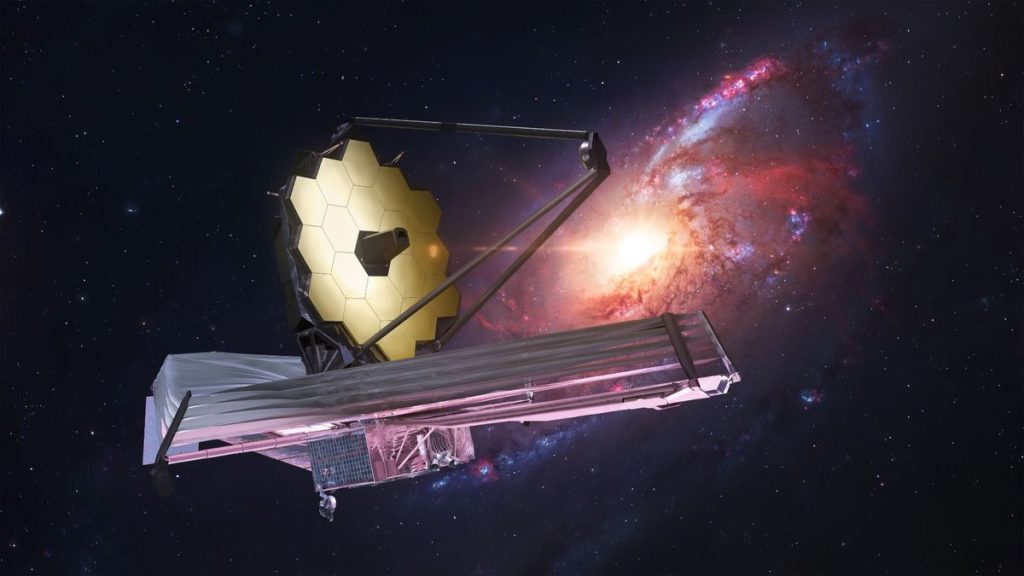
Such a dramatic cut to a flagship space telescope still in its prime will be felt across the mission’s entire operations, affecting science.
When you purchase through links on our site, we may earn an affiliate commission. Here’s how it works.
The scientists behind NASA’s largest and most powerful space telescope ever built are bracing for potentially crippling budget cuts, and the observatory is only halfway through its primary mission.The team overseeing NASA’s James Webb Space Telescope (JWST) has been directed to prepare for up to 20% in budget cuts that would touch on every aspect of the flagship observatory’s operations, which are managed by the Space Telescope Science Institute (STScI) in Maryland. The potential cut comes even as the space observatory is more in demand than ever before, with astronomers requesting the equivalent of nine years’ worth of Webb observing time in one operational year.”NASA is having budget constraints across the entire board, so the institute is being asked to consider a significant — about 20% — cut to our operational budget for the mission starting later this year,” Tom Brown, who leads the Webb mission office at STScI, told a crowd of scientists last month at the 245th American Astronomical Society (AAS) meeting in National Harbor, Maryland. “So the impacts of that, if it comes to pass, pretty much cut across the entire mission.”NASA’s $25.4 billion budget request for 2025 set aside $317 million to fund the Webb space telescope, as well as the Hubble Space Telescope and Chandra X-ray Observatory that together comprise NASA’s currently operational “Great Observatories.” The Hubble Telescope program is facing a potential 20% budget cut of its own, according to SpaceNews. And Chandra is facing the end of its mission, with NASA’s 2025 budget request including plans to wind down operations, with its budget dropping from $41.1 million this year to just $5.2 million in 2029.But unlike Hubble, which turns 35 this spring, and Chandra, which launched in 1999, Webb is in its prime, approaching the midpoint of a primary 10-year mission. It could last at least 20 years or more, NASA officials have said. The mission is an international partnership between NASA, the European Space Agency and the Canadian Space Agency.”Frankly, this mission works far better than, really, most folks expected it to, you know,” Brown said during the Webb town hall event on Jan. 15 at the AAS conference. “It’s extremely worrisome that, while we’re in the middle of the prime mission, we’re also maybe looking at significant budget cuts.”The $10 billion Webb space telescope survived a tumultuous development process, one that included cost overruns and technical delays that nearly killed the observatory before it ever flew. Lawmakers with the House Appropriations Committee proposed cancelling the mission in 2011, a decade before Webb’s Christmas Day launch in 2021, only to back down after backlash from scientists and influential politicians defending the observatory.Breaking space news, the latest updates on rocket launches, skywatching events and more!Since its 2021 launch, the Webb space telescope has outmatched even the most optimistic predictions for its performance. Its infrared optics have looked deep into the universe’s past, observed distant galaxies and exoplanets, and even peered at our own local solar system planets closer to home.”In a nutshell, it is truly fulfilling its promise,” Macarena Garcia Marin, STScI’s Webb project scientist, said during the same town hall event. “Across every field, JWST is truly delivering cutting-edge science.”Some of Webb’s budget challenges stem from its operational costs, which were set “idealistically low” in 2011 when the observatory was saved from cancellation. Those costs, coupled with inflation rates that were much higher than expected and less flexibility in NASA’s budget, have also contributed, Brown said.According to a presentation by Brown, a 20% cut to Webb’s operational budget would definitely affect how much science the telescope could perform. The impacts would be felt across teams that review proposals for observing targets, data analysis, observatory efficiencies, and anomaly resolution when something goes wrong, not to mention the need to engage with the scientific community and public on Webb’s science results.”It’s a huge cut. That’s not like kind of trying to nibble away at the edges,” Brown told Space.com. “That impacts everything across the board, all the way up to how many modes we’re offering to the observers.”— JWST finds our Milky Way galaxy’s supermassive black hole blowing bubbles— James Webb Space Telescope reveals how a cosmic ‘Phoenix’ cools off to birth stars— James Webb Space Telescope discovers one of the earliest ‘truly gargantuan’ supernovas ever seenThose impacts, Brown said, would likely be felt for the first time in October, when the next fiscal year begins.Brown’s comments at the Webb observatory town hall at AAS came just before the inauguration of President Donald Trump, who in subsequent weeks created the Department of Government Efficiency headed by SpaceX CEO Elon Musk to reduce government spending. DOGE, as it’s known, has worked to dismantle some entire agencies, like the U.S. Agency for International Development, which provides aid to other countries during disasters and other emergencies, while also overseeing massive cuts to the federal workforce. Nearly 1,000 NASA jobs could be eliminated, though they appear to have been saved from layoffs earlier this week.Trump has nominated American billionaire entrepreneur Jared Isaacman, who has flown in orbit twice on private SpaceX missions he financed himself, to serve as the next NASA administrator, though Isaacman has yet to be confirmed. The agency is currently being led by Acting Administrator Janet Petro, former director of the agency’s Kennedy Space Center in Florida.Join our Space Forums to keep talking space on the latest missions, night sky and more! And if you have a news tip, correction or comment, let us know at: community@space.com.Tariq is the Editor-in-Chief of Space.com and joined the team in 2001, first as an intern and staff writer, and later as an editor. He covers human spaceflight, exploration and space science, as well as skywatching and entertainment. He became Space.com’s Managing Editor in 2009 and Editor-in-Chief in 2019. Before joining Space.com, Tariq was a staff reporter for The Los Angeles Times covering education and city beats in La Habra, Fullerton and Huntington Beach. In October 2022, Tariq received the Harry Kolcum Award for excellence in space reporting from the National Space Club Florida Committee. He is also an Eagle Scout (yes, he has the Space Exploration merit badge) and went to Space Camp four times as a kid and a fifth time as an adult. He has journalism degrees from the University of Southern California and New York University. You can find Tariq at Space.com and as the co-host to the This Week In Space podcast with space historian Rod Pyle on the TWiT network. To see his latest project, you can follow Tariq on Twitter @tariqjmalik.Einstein wins again! Quarks obey relativity laws, Large Hadron Collider findsStrange X-ray flash from beyond the Milky Way perplexes scientists20 years of satellite data reveal ‘staggering’ levels of glaciers melting, sea levels rising
Space is part of Future US Inc, an international media group and leading digital publisher. Visit our corporate site.
©
Future US, Inc. Full 7th Floor, 130 West 42nd Street,
New York,
NY 10036.


